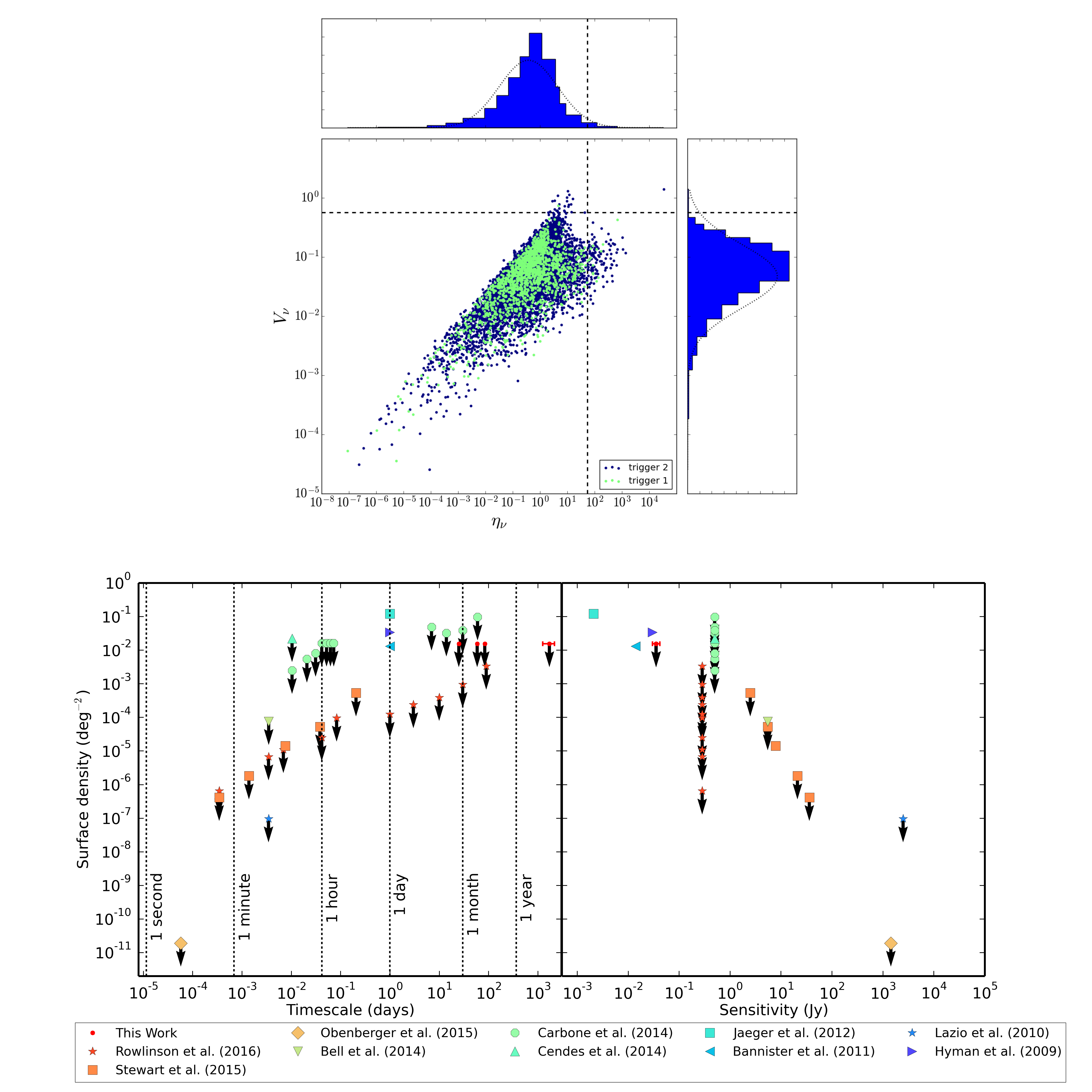Daily Image
25-08-2016Searching for gravitational wave radio counterparts with LOFAR
| Submitter: | Anjali A A Piette |
| Description: | With the two recent gravitational wave (GW) detections from Advanced LIGO - GW150914 and GW151226; both binary black hole mergers - this is an extremely exciting time in Astrophysics. Multiple telescopes, including LOFAR, have performed follow-up observations in an attempt to localise and better understand these events. The aim of my summer project was to look for electromagnetic (EM) counterparts to GW events in LOFAR's follow-up observations at 145 MHz, which were taken 1 week, 1 month and 3 months after each GW alert. Although EM radiation is not expected from binary black hole mergers, various theories propose that, under certain conditions, a synchrotron afterglow could be observed (e.g. Loeb 2016). Moreover, using the very wide total field of view of the LOFAR observations (~200 deg^2), we also conducted a more general search for low-frequency transients, in particular by comparing our data with the 150 MHz TGSS survey (Intema et al. 2016) to look for transients on a longer average time-scale of about 4.5 years. In the top panel, we have plotted fractional variability (V_nu) vs. the significance of variability (eta_nu) for the first and third runs of each follow-up observation, using output from the Transients Pipeline (TraP; Swinbank et al. 2015). Strong transient candidates should appear as outliers in the top right corner of the plot. However, we found that the single outlier in this case is not a real transient; no LIGO EM counterparts or other transients were detected down to a median 6 sigma level of ~30 mJy. Nonetheless, this still allows us to place valuable constraints on radio transient surface densities (bottom panel). In particular, this is one of the first deep, very-low-frequency transient searches probing time-scales longer than one year. LOFAR observations of future GW events will be needed to continue this exciting and potentially ground-breaking search. |
| Copyright: | Anjali Piette, Antonia Rowlinson, Jess Broderick |
| Tweet |  |
